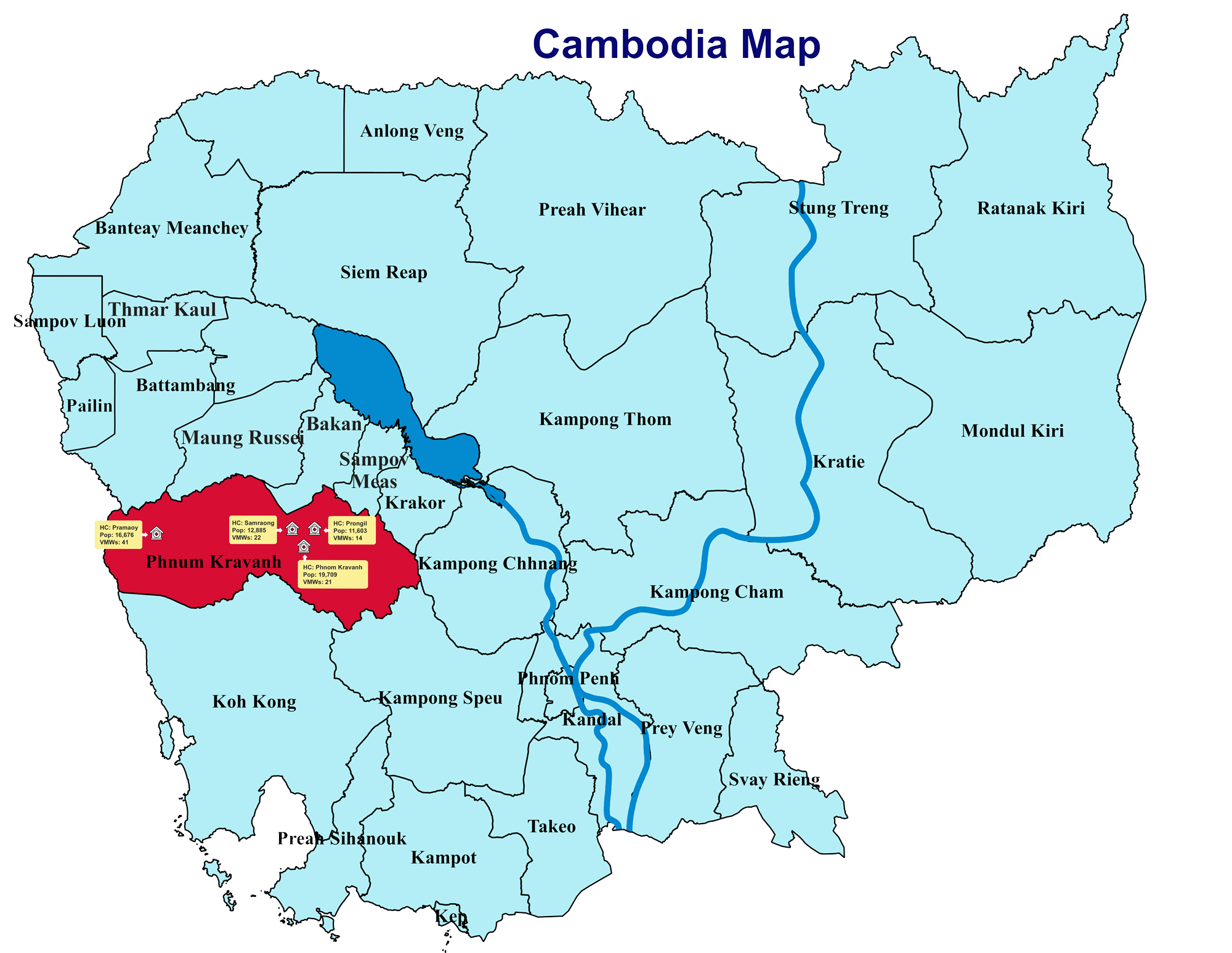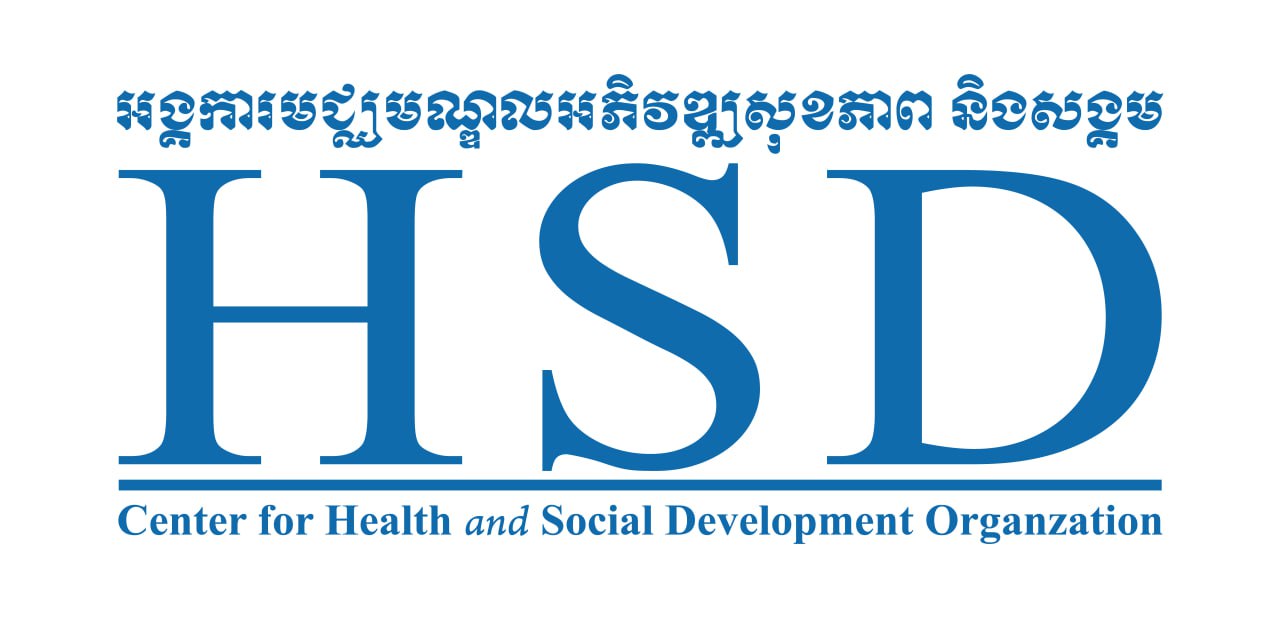Malaria
HSD is working on Malaria Control and Elimination in Cambodia and other countries in the Mekong region.
Our staff and consultants are engaged in providing tools and other resources to countries that are starting on the road to elimination. As part of Malaria Elimination, HSD and its partners are focused on helping programs integrate malaria with other high volume and problem-prone health services. It is also help build systems for logistics, information systems including surveillance, diagnostics, behavior change, among others.
In Cambodia, HSD is working with the National Malaria Control Program (CNM), with funding from the Global Fund, to design and implement a strategy for treating Plasmodium Vivax (P.v) using the radical cure. As part of this, we have implemented G6PD testing at community and health facility settings. The project is being implemented in 4 health centers in the Pursat Province.

This work is licensed under a Creative Commons Attribution 4.0 International License


 HSD and its partners use the ‘Plan-Do-Study-Act’ model for quality improvement (QI) as part of our agile approach to produce rapid results. Using QI tools, we test the efficacy of various interventions using short – 3 month – learning cycles and to scale up of proven interventions. Our QI approach help programs rapidly scale-up of locally developed solutions as well as build skills in collaborative problem-solving and learning, which are key to building health system resilience and self-reliance of health care workers as well as health systems.
HSD and its partners use the ‘Plan-Do-Study-Act’ model for quality improvement (QI) as part of our agile approach to produce rapid results. Using QI tools, we test the efficacy of various interventions using short – 3 month – learning cycles and to scale up of proven interventions. Our QI approach help programs rapidly scale-up of locally developed solutions as well as build skills in collaborative problem-solving and learning, which are key to building health system resilience and self-reliance of health care workers as well as health systems.